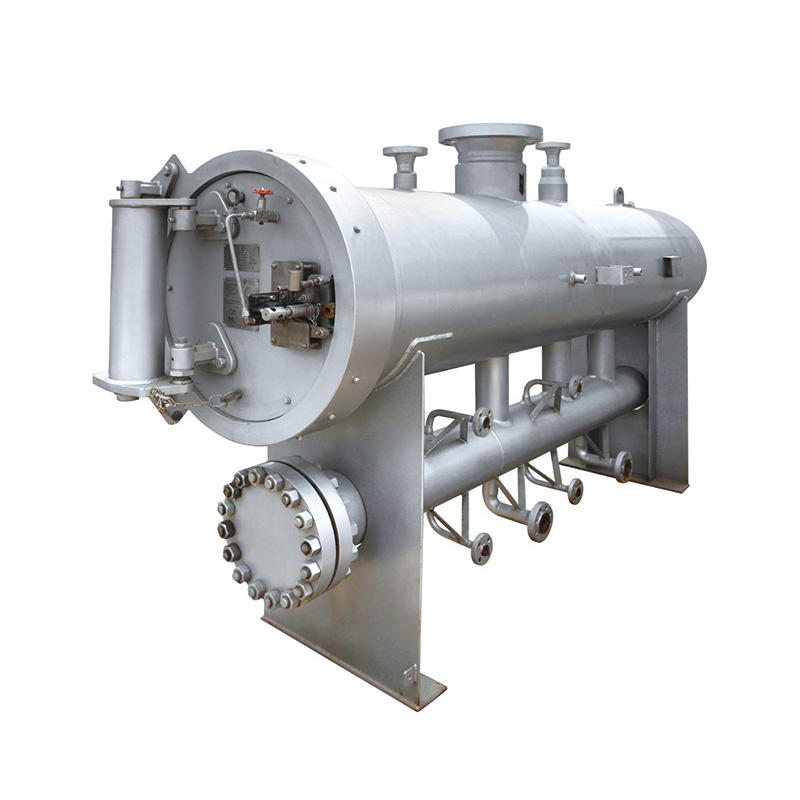
Nov . 01, 2024 13:33
Back to list
Understanding Pressure Regulating Valves for Efficient Fluid Control Systems
Understanding Pressure Reducing Valves Essential Components in Fluid Control Systems
Pressure reducing valves (PRVs) are crucial devices used in various industrial and residential applications to manage and maintain stable pressure levels in fluid systems. These valves ensure that the downstream pressure is kept within a predetermined range, preventing damage to equipment, optimizing performance, and enhancing safety in operations.
The primary function of a pressure reducing valve is to reduce the pressure from a higher inlet pressure to a lower outlet pressure. This regulation is vital in systems where fluctuations in pressure can lead to severe consequences, such as equipment failure or inefficient operations. PRVs are commonly found in water supply systems, steam systems, and gas pipelines, among other applications.
One of the key components of a PRV is its diaphragm or piston mechanism, which responds to changes in downstream pressure. When the downstream pressure exceeds the preset limit, the valve closes partially, restricting flow and reducing pressure. Conversely, when the pressure drops below the desired level, the valve opens, allowing more fluid to pass through. This automatic adjustment ensures that the pressure remains constant despite variations in demand or supply conditions.
pressure reducing valve

PRVs come in various designs and configurations, each tailored to specific applications and materials. Factors such as the type of fluid, temperature, and pressure range play a significant role in the selection process. For instance, a water supply system may use a brass PRV to manage potable water pressure, while a steam application might require a stainless-steel valve built to withstand higher temperatures and pressures.
In addition to protecting equipment and ensuring safety, pressure reducing valves also contribute to energy efficiency. By stabilizing system pressure and reducing unnecessary pressure losses, they help in lowering operational costs. This becomes particularly important in environments where energy consumption is a critical factor.
Maintenance of PRVs is essential for their effective operation. Regular inspections and timely replacements of worn components can prevent malfunctions and ensure longevity. In many cases, valve settings may also require adjustments based on changing system conditions to maintain optimal performance.
In conclusion, pressure reducing valves are indispensable in fluid control systems, providing pressure regulation, protection, and efficiency. Understanding their operation, selection, and maintenance is essential for engineers and operators to ensure the reliability and safety of various applications. Whether in industrial processes or residential plumbing, PRVs play a pivotal role in managing fluid dynamics effectively.
Latest news
-
Safety Valve Spring-Loaded Design Overpressure ProtectionNewsJul.25,2025
-
Precision Voltage Regulator AC5 Accuracy Grade PerformanceNewsJul.25,2025
-
Natural Gas Pressure Regulating Skid Industrial Pipeline ApplicationsNewsJul.25,2025
-
Natural Gas Filter Stainless Steel Mesh Element DesignNewsJul.25,2025
-
Gas Pressure Regulator Valve Direct-Acting Spring-Loaded DesignNewsJul.25,2025
-
Decompression Equipment Multi-Stage Heat Exchange System DesignNewsJul.25,2025

